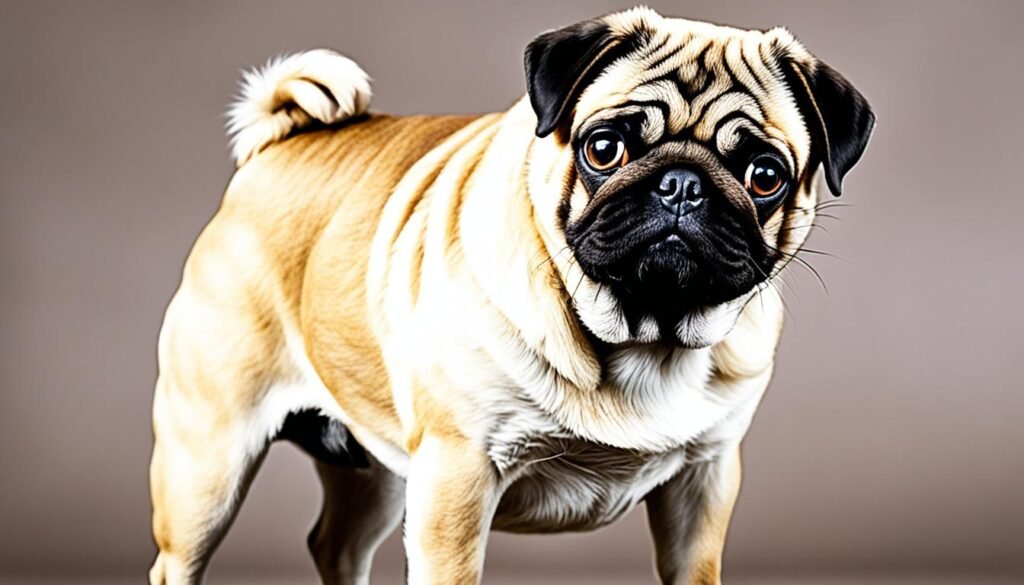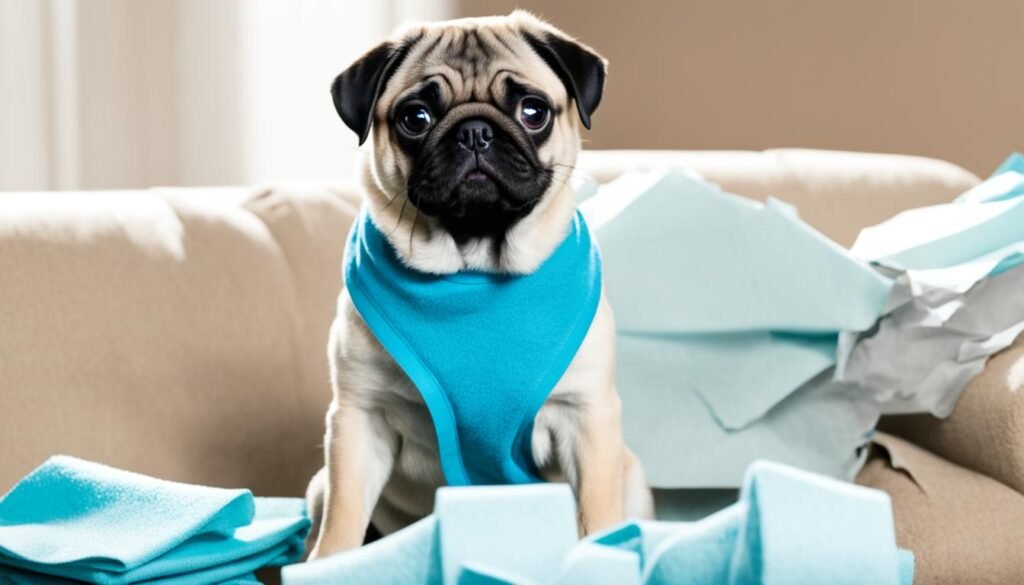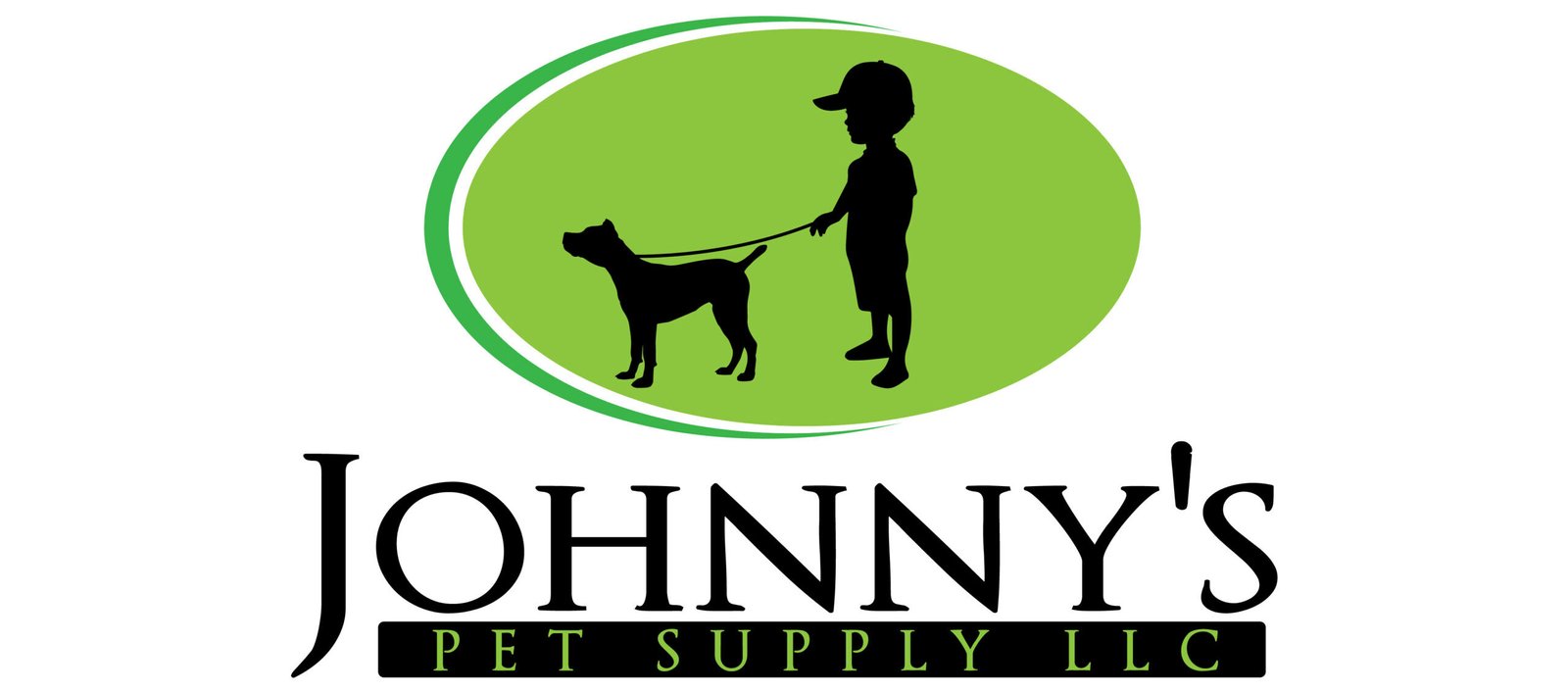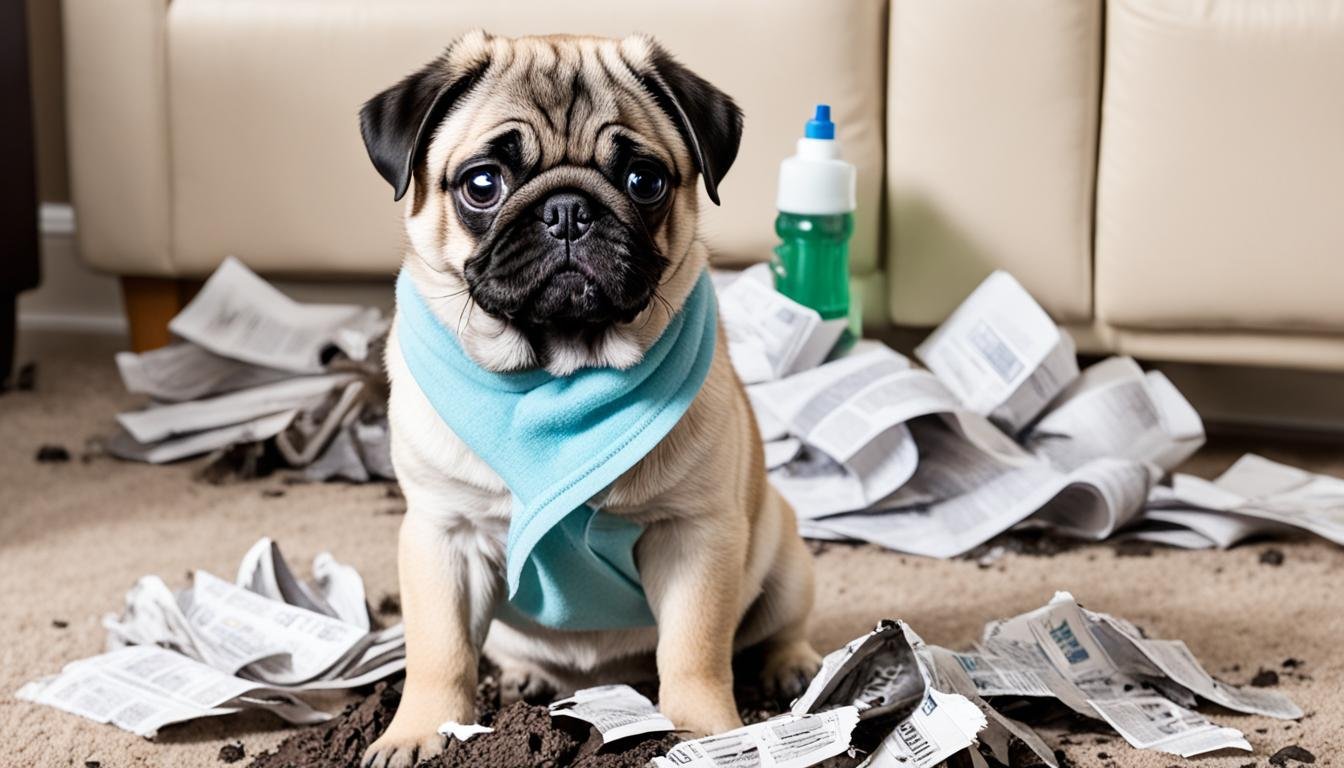What Not To Do When You House Train a Pug
House training a pug can be a challenging but rewarding experience. As intelligent and lovable creatures, pugs often exhibit stubbornness, which complicates the pug puppy training process. Knowing what not to do during this period can help avoid common house training mistakes and mitigate dog behavior issues.
Firstly, understand that pugs typically cannot control their bladders until around 12 weeks old. Expecting your pug to master house training before this age is unrealistic. Patience is essential. Always reward outdoor elimination with consistent praise, which reinforces positive behavior.
Additionally, pug puppies can become easily distracted outdoors. To maintain focus, reserve playtime until after your pug has successfully eliminated outside. If your pug repeatedly eliminates in the same indoor spots, even after thorough cleaning, use an odor neutralizer to eliminate lingering scents and reduce the likelihood of recurrence.
Understanding Pug Breed Characteristics and House Training Challenges
House training a pug requires a deep comprehension of pug breed characteristics. Their charming and intelligent nature does come with a hint of stubbornness, adding a layer of difficulty to house training. Pugs can get easily distracted by play, resulting in unexpected accidents even after being outdoors.
It’s important to remember that, as a pug owner, you’ll be dealing with a breed that has a notably small bladder. This biological trait means your pug will need frequent potty breaks, particularly during the first 4-6 months. Establishing a consistent routine and using positive reinforcement are essential strategies for successful pug obedience training.
Being diligent and patient with your pug can make the house training process smoother. Understanding their physical and behavioral traits will equip you with the necessary tools to address any house training challenges effectively.

Puppy Accidents: Why They Happen and How to Manage Them
Puppy accidents are a common occurrence, especially during the early stages of house training your pug. These accidents often happen because of undeveloped bladder control. Your puppy simply might not be able to hold it in for long periods. Not to mention, excitement can also lead to unexpected potty incidents. Recognizing the signs that your pug needs to go out is crucial in managing these instances efficiently.

One effective strategy to curb puppy accidents involves bell training. By teaching your pug to ring a bell when they need to go outside, you create a clear line of communication. This method can significantly reduce potty training troubles by alerting you immediately when nature calls. However, persistence and patience are key, as it may take some time for your puppy to get the hang of it.
Avoid keeping pee pads or doggy toilets in use indefinitely. These can confuse your pug and prolong potty training troubles. Transitioning from these aids to outdoor elimination should be gradual but consistent. Establishing a routine and sticking to it helps reinforce the behavior you desire. By fostering an understanding of where it is appropriate to go, you set the stage for fewer accidents and a well-trained pug.
Ultimately, acknowledging the common reasons behind puppy accidents and implementing effective training techniques will help you navigate the house training process with fewer hiccups. This not only promotes a cleaner home but also strengthens the bond between you and your pug.
Effective Techniques for House Training Your Pug
Effective house training of your pug involves establishing a predictable routine and reinforcing good habits with consistency. One of the most reliable methods is crate training your pug. By using a crate, you provide a structured environment where your pug feels safe and controlled. Introduce the crate as a positive place, never as a punishment, which will help your pug to associate it with comfort and security.
Using positive reinforcement techniques is crucial for successful house training. Whenever your pug eliminates outside, immediately reward the behavior with treats and praise. This positive reinforcement helps your pug to understand that going outside is both expected and rewarding. Consistency is key, so ensure you maintain a schedule for feeding, playtime, and potty breaks. This routine will teach your pug when and where to go.
Avoiding the use of pee pads or indoor potty options can also prevent confusion for your pug. While these might be convenient in the short term, they can make it harder for your pug to distinguish between indoor and outdoor elimination spots. Instead, stick to outdoor potty training even if it requires extra patience, especially during night-time potty trips.
Patience is an essential part of the process. Setbacks like puppy accidents are common but remain calm and consistent. Reinforce positive behavior and avoid harsh punishments, which can be counterproductive. Through crate training and positive reinforcement techniques, you can effectively house train your pug while building trust and a stronger bond.

